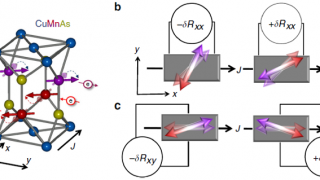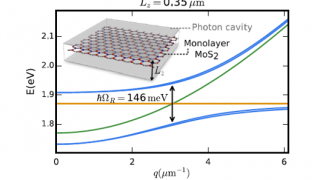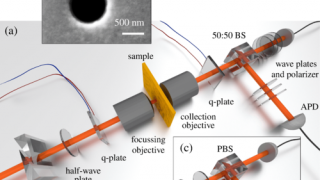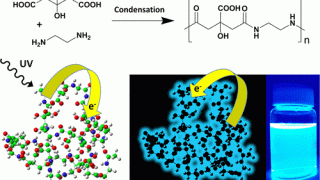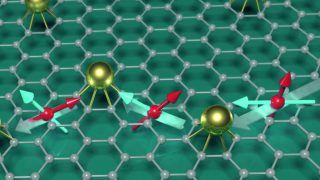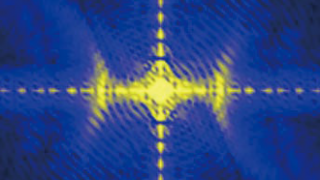
A family of degradable fermionic Gaussian channels
Quantum computing is the future. Or the present, if you believe that some real quantum computers are commercially available already. Because it is hard to admit that any computer system whose design and theoretical basis depend on quantum effects for their operation may be on the market today, even though IBM says otherwise. The trick […]


